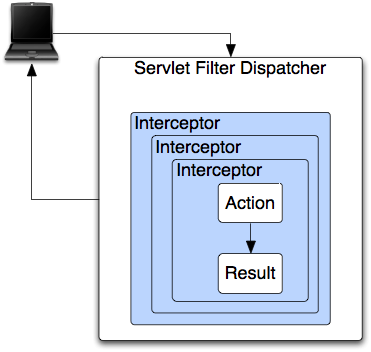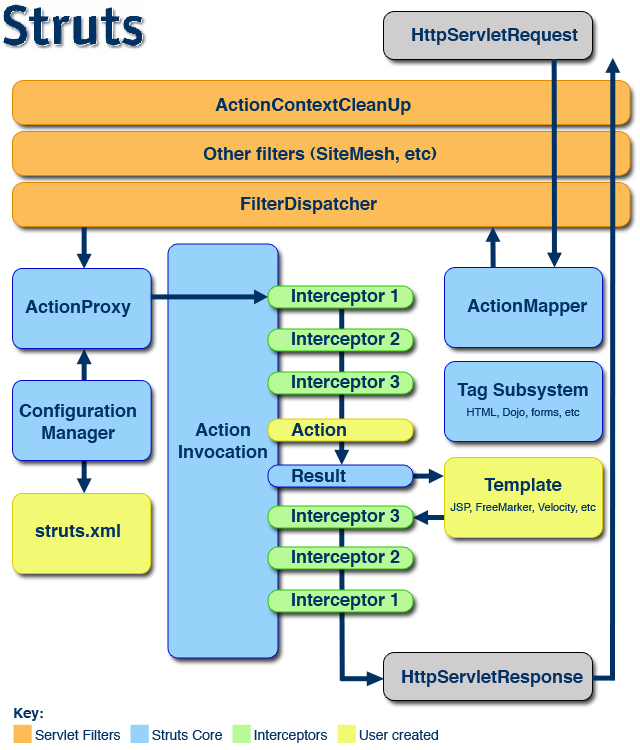MVC
Contents
Model-View-Controller Design Pattern
Definition:
The model-view-controller (MVC) design pattern is a pattern within a pattern. As described in Head First Design Pattern patterns that contain multiple patterns are called compound patters. Architectural or framework patterns frequently use compound pattern.
Friendly Definition:
There are three important features of a MVC design pattern:
- Model – the underlying data or information that is being processed
- View – the method in which information is displayed and expressed
- Controller – the method in which information is being processed
A book in its simplest sense organizes information into a unified collection which contains sets of rules to view and obtain information. The analogy of a book can describe what the MVC design pattern is and how it works.
The model-view-controller requires three essential components: the model, a controller, and a view; likewise a book can be organized into three components: a concept or information, materials used to read and handle the information, and finally formats and rules that communicate and expresses the information.
The information processed in a book can be the model of the MVC pattern since information is the underlying core of the book is the information that is being processed and manipulated.

